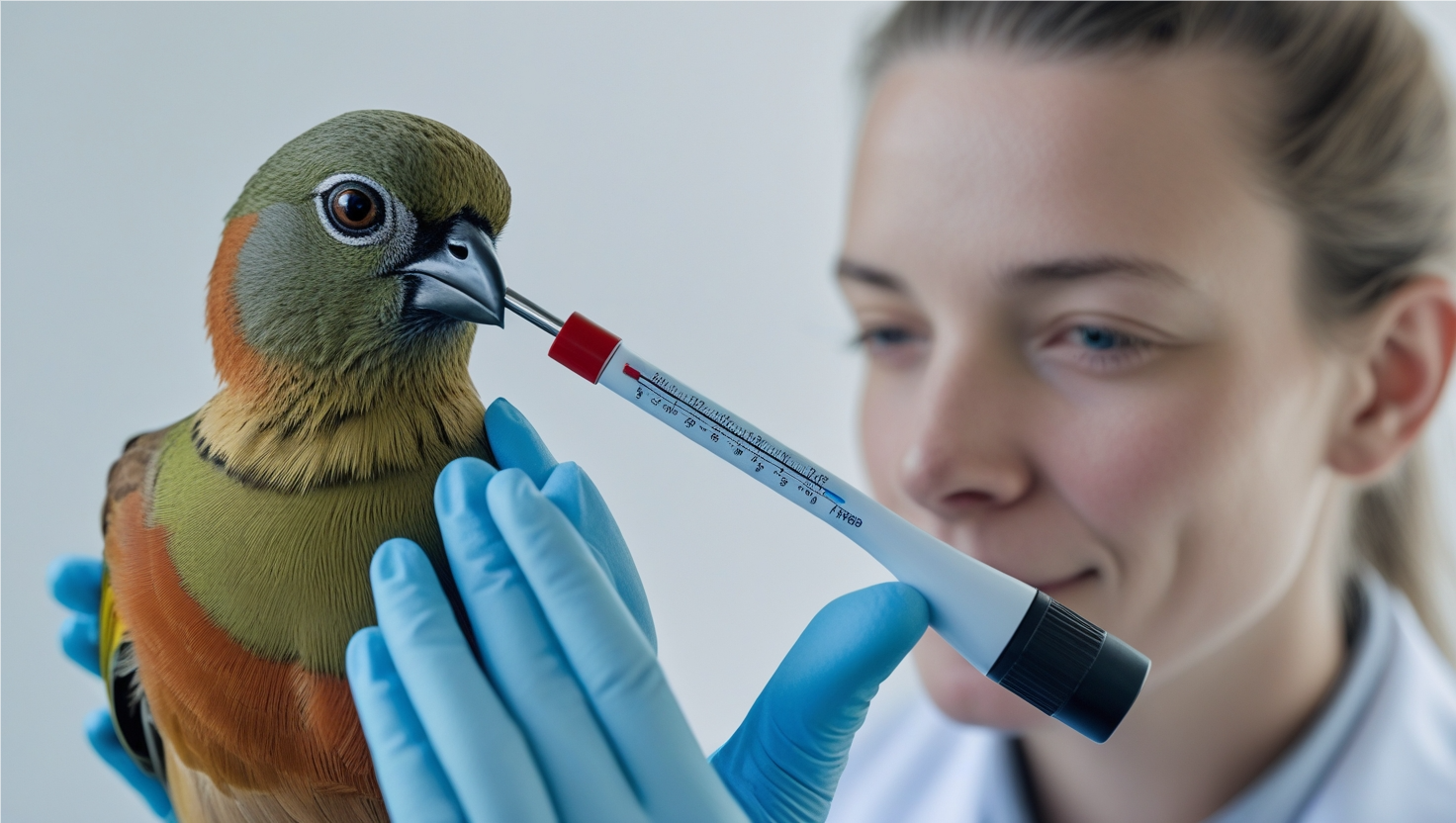The avian influenza virus, or bird flu, has wreaked havoc on the poultry industry, causing economic losses, food shortages, and fluctuating prices. With wild bird populations serving as key transmitters, the virus has spread rapidly across the globe, devastating poultry farms. From the significant loss of bird populations to skyrocketing egg prices, the consequences of the bird flu crisis are far-reaching.
Impact on the Poultry Industry
Bird flu outbreaks have hit the poultry industry particularly hard. According to the U.S. Department of Agriculture (USDA), over 166 million chickens were culled in 2023 alone due to avian influenza, with losses continuing into 2025. This mass culling was necessary to prevent further spread of the virus, but it has left a severe dent in production and resulted in increased prices for consumers.
-
Egg Prices Surge: In early 2025, the average price of eggs in the U.S. skyrocketed to $8 per dozen in some areas, a direct result of the bird flu outbreaks. This is a stark contrast to pre-crisis prices, which hovered around $2.00 per dozen.
-
Supply Chain Disruptions: The egg shortage is just one of the ripple effects of the bird flu. U.S. poultry farms that have been hit by the virus face financial ruin, unable to meet demand for chicken and eggs, which impacts both domestic and international supply chains.
-
Global Economic Effects: The avian flu crisis extends beyond the U.S. Poultry industries in Europe and Asia have faced similar disruptions, with millions of birds culled to control the virus. Countries like France, the Netherlands, and the UK have witnessed significant losses, leading to a global uptick in egg prices and chicken meat shortages.
Impact on the Dairy Industry
Though primarily a poultry issue, the bird flu has indirectly impacted the dairy industry as well. The virus poses a risk not only to poultry but also to the animals that might be in proximity to infected birds. This has created further challenges for farm management, particularly in regions where both dairy and poultry operations are common.
-
Increased Costs for Farmers: With ongoing bird flu outbreaks, dairy farms that co-exist with poultry farms face challenges in biosecurity measures and increased operational costs. Farmers must invest in enhanced cleaning, monitoring, and protective barriers to keep the disease from spreading to their herds.
-
Labor and Resource Diversion: As farmers focus on managing the bird flu crisis within their poultry operations, dairy farmers have faced increased pressure on their resources. Time and manpower that could be spent improving milk production are being diverted to biosecurity practices, which negatively affects productivity.






